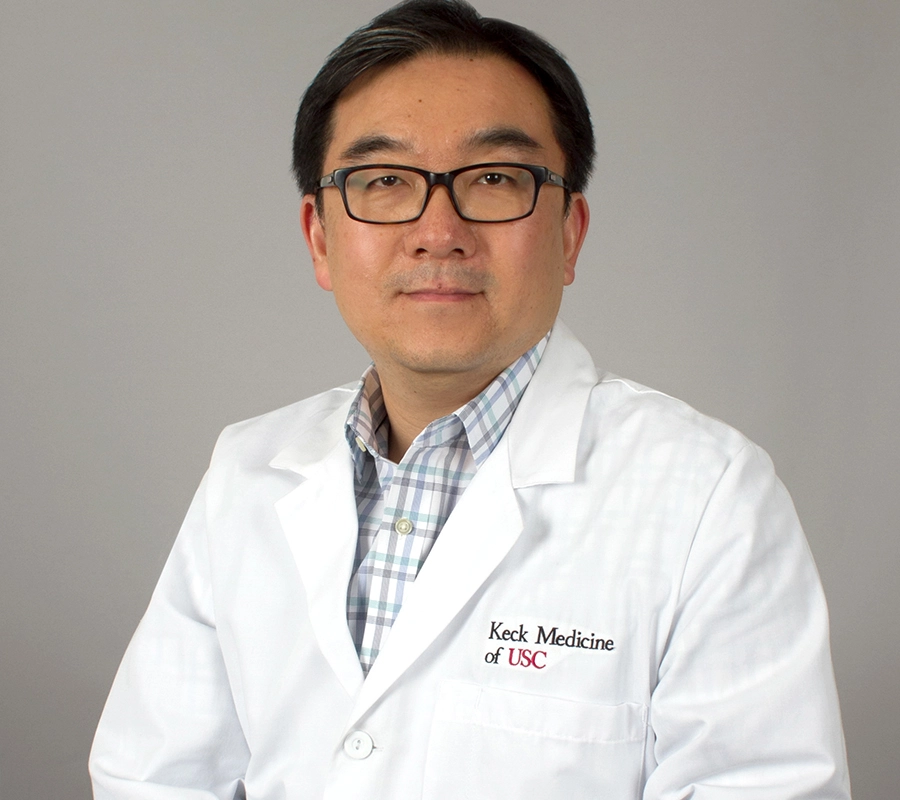Tuberculosis (TB) is an infectious disease caused by a bacterial pathogen called Mycobacterium tuberculosis, which has been an ancient scourge to mankind. Even during the COVID-19 pandemic, TB remains a global health problem and was the leading cause of death amongst infectious diseases in 2019. Just this year, TB infected around 10.5 million individuals and claimed 1.5 million lives.
Dr. Robert Koch, a German physician scientist, discovered Mycobacterium tuberculosis bacilli as a causative agent of TB over 130 years ago. Dr. Koch’s discovery of M. tuberculosis inspired scientists to initiate the antibiotic era to stop the spread of TB. Dr. Schatz and Dr. Waksman discovered an antibiotic called streptomycin in 1944 which showed impressive results when its anti-TB effect using animal models were examined.
Additionally, a Swedish scientist, Dr. Lehman, synthesized para-aminosalicylic acid (PAS) that was also able to kill M. tuberculosis. A major discovery in TB chemotherapy history turned the tables by the introduction of a new generation of antibiotic, isoniazid in 1951. Isoniazid was the most potent antibiotic and was inexpensive and safely treats the infection. Although it was initially thought that isoniazid would be a potential candidate as a single drug regimen, frequent relapses of a significant number of the patients with drug resistance, demonstrated that multiple drug combination therapy was necessary. In 1957, a new antibiotic, rifampicin, was discovered in Italy and first used clinically in 1966. Currently, rifampicin and isoniazid are core ingredients of TB chemotherapy.
However, antibiotics began to fail due to the rise of antimicrobial resistance (AMR) of M. tuberculosis. AMR is the ability to survive treatment with bactericidal doses of antibiotics that are supposed to kill drug-susceptible populations. Although AMR related therapeutic failure has rapidly increased, we have begun to understand mechanisms underlying the development of AMR-TB. The efficacy of our conventional TB treatment method is significantly blunted due to the ability of M. tuberculosis to form a small population, called persisters that are tolerant to nearly all TB antibiotics. The persisters form after treatment with high doses of antibiotics without genetic mutations and serve as a preform of AMR mutants.
The ability of M. tuberculosis to form persisters renders two types of TB infection; one is an active TB infection and the other is a latent TB infection. Patients with active TB infection normally present classical TB symptoms (cough, fever, chills, night sweats and unintentional weight loss) and are highly contagious. Individuals with latent TB infection have no TB symptoms, however, and are not contagious. Although latent TB infection is not clinically problematic, around 10 percent of these individuals can develop active TB disease at any point in their lives, present TB symptoms and potentially infect others. Accumulating evidence has shown that M. tuberculosis bacilli present inside the patients with latent TB infection are phenotypically similar to M. tuberculosis persisters. Importantly, latent TB infection predisposes patients to the emergence of AMR-TB infection. Complete treatment of latent TB infection poses a significant challenge in current TB chemotherapy and is responsible for the lengthy and complicated TB drug regimen.
To effectively treat AMR-TB patients, we need to understand how M. tuberculosis form persisters. Although the precise mechanisms of how M. tuberculosis forms persisters are unclear, the proportion of persisters within the population is gradually enhanced by the intermittent treatment with bactericidal antibiotics, indicating that persisters are formed by adaptive strategies to avoid antibiotic effects. Persister formation is viewed as a bacterial adaptive strategy to adverse environments, as a result of a metabolic shift. Thus, many laboratories, including my group, have investigated the role of metabolic remodeling in the M. tuberculosis persister formation and proposed the metabolic activities as a source of new antibiotic targets to remove the persisters.
My group reported that M. tuberculosis stops consumption of externally available nutrients while both forming persisters and increasing its level of drug resistance. Instead, M. tuberculosis persisters start to use preexisting internal nutrients to overcome the limited support of external nutrients. This strategy is somewhat analogous to the mammalian hibernation strategy, by which some animals such as bears endure environmentally adverse winters by maintaining their essential metabolic activities through the consumption of preexisting brown fat rather than consuming food. The complete understanding of the adaptive strategies of M. tuberculosis persisters is an unmet medical need that can lead to the development of new TB antibiotics.
Recently, microbial adaptation to environmental stresses has been monitored by integration of various systems biology tools including genomics, transcriptomics, proteomics, and metabolomics. When combined, the resulting multiomics outcomes are more comprehensive and allow us to better understand the M. tuberculosis persister adaptive strategies. The collective interpretation of these multiomics will provide new insights into more effective TB interventions. New therapeutic regimens including compounds interfering with the persister formation can become a new therapeutic option to treat AMR-TB patients.
Dr. Eoh, Assistant Professor of Molecular Microbiology & Immunology at University of Southern California, received the American Lung Association’s 2020-2021 Innovation Award for his project, “Drug resistance of Mycobacterium tuberculosis is enhanced by the trehalose metabolism remodeling.” To learn more about Dr. Eoh and his research, visit: www.lung.org/research/about-our-research/meet-the-researchers/hyungjin-eoh
Blog last updated: October 28, 2025



